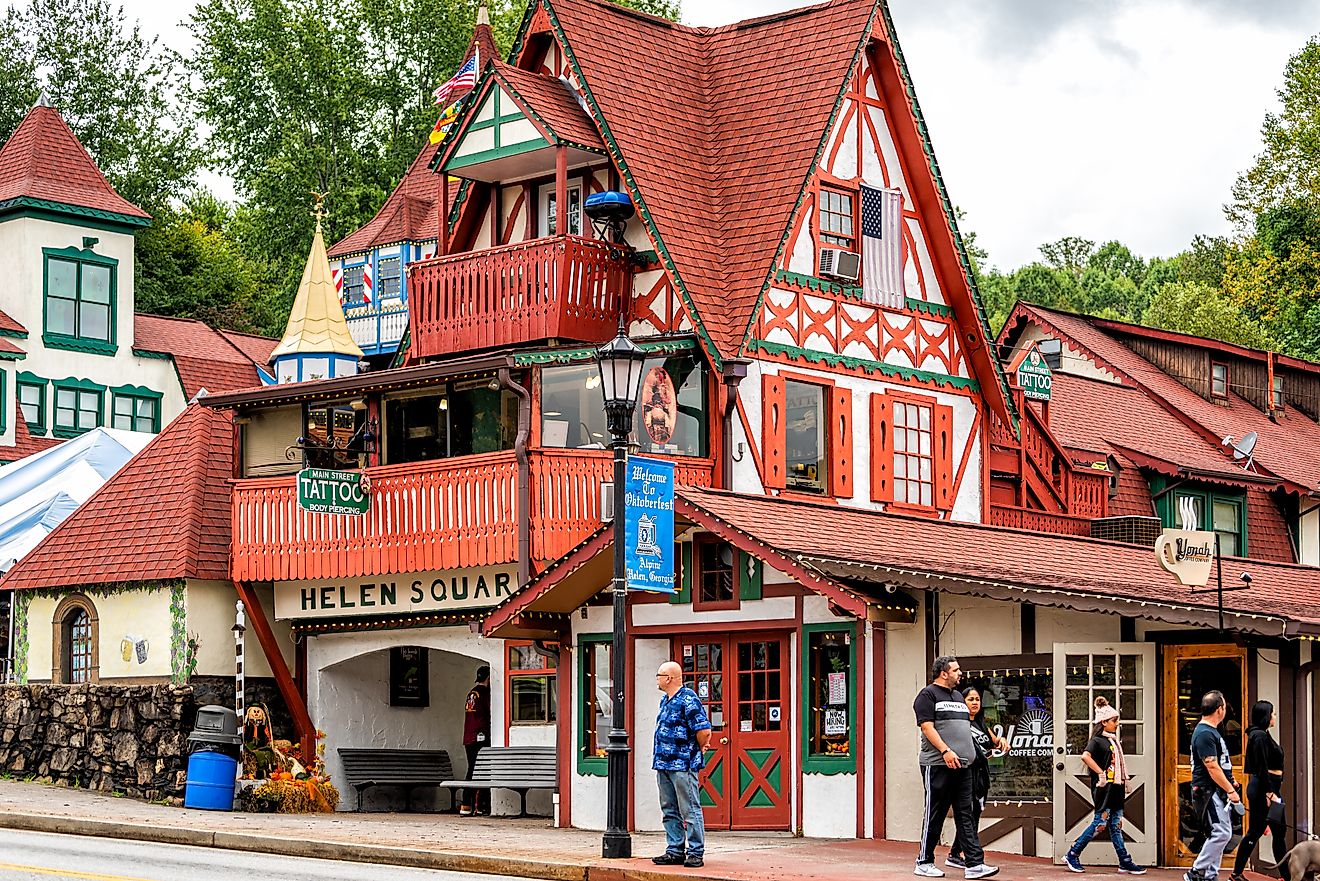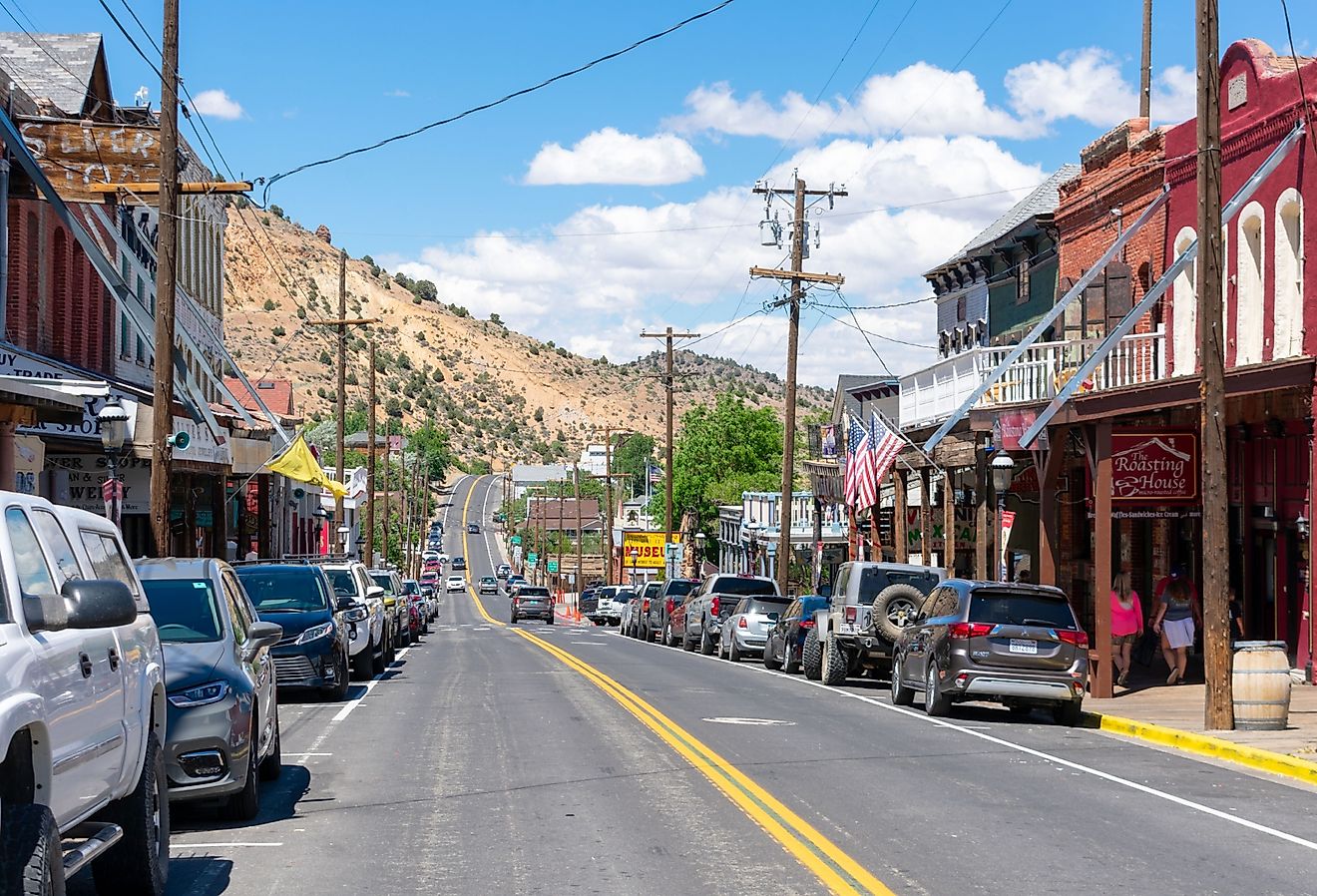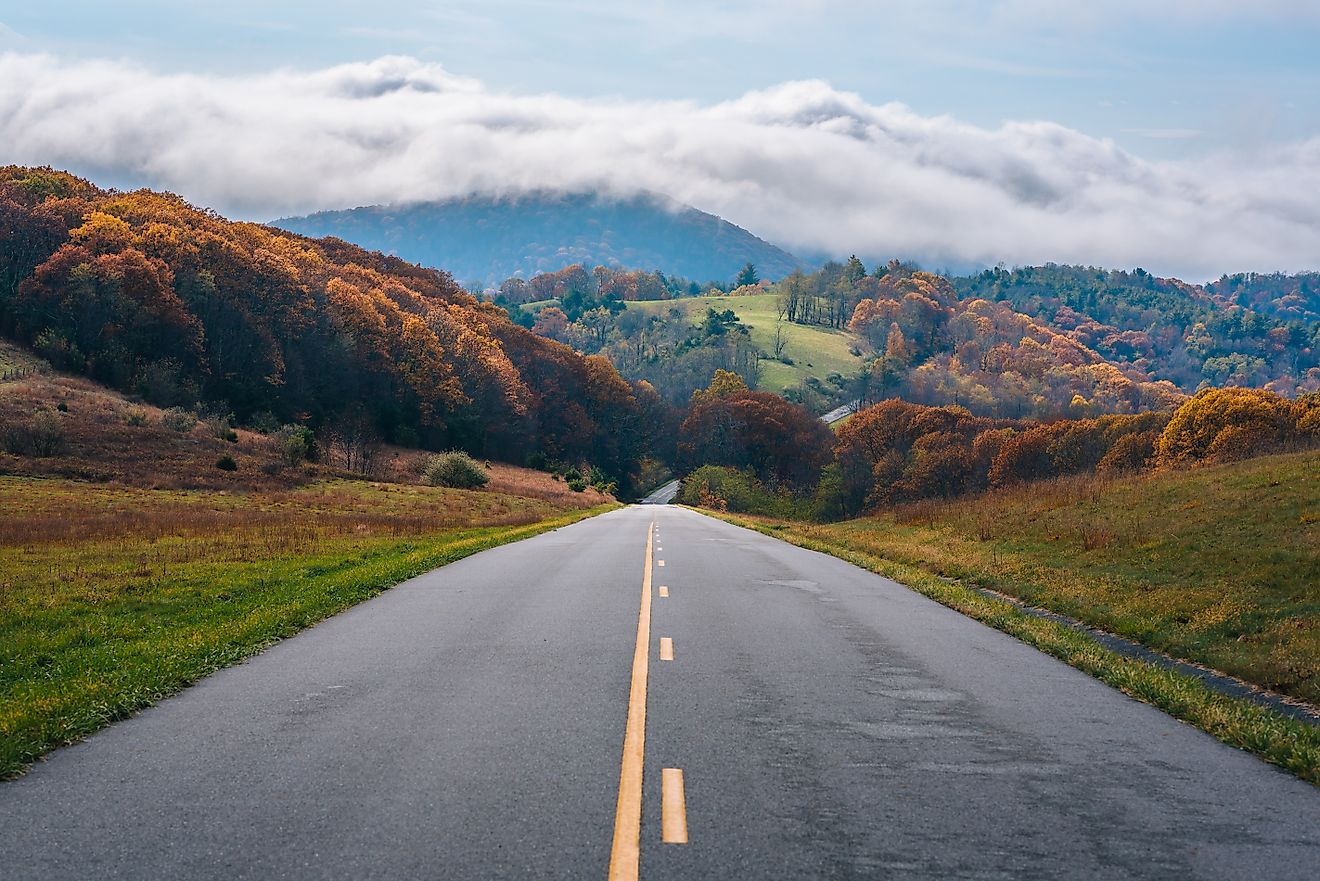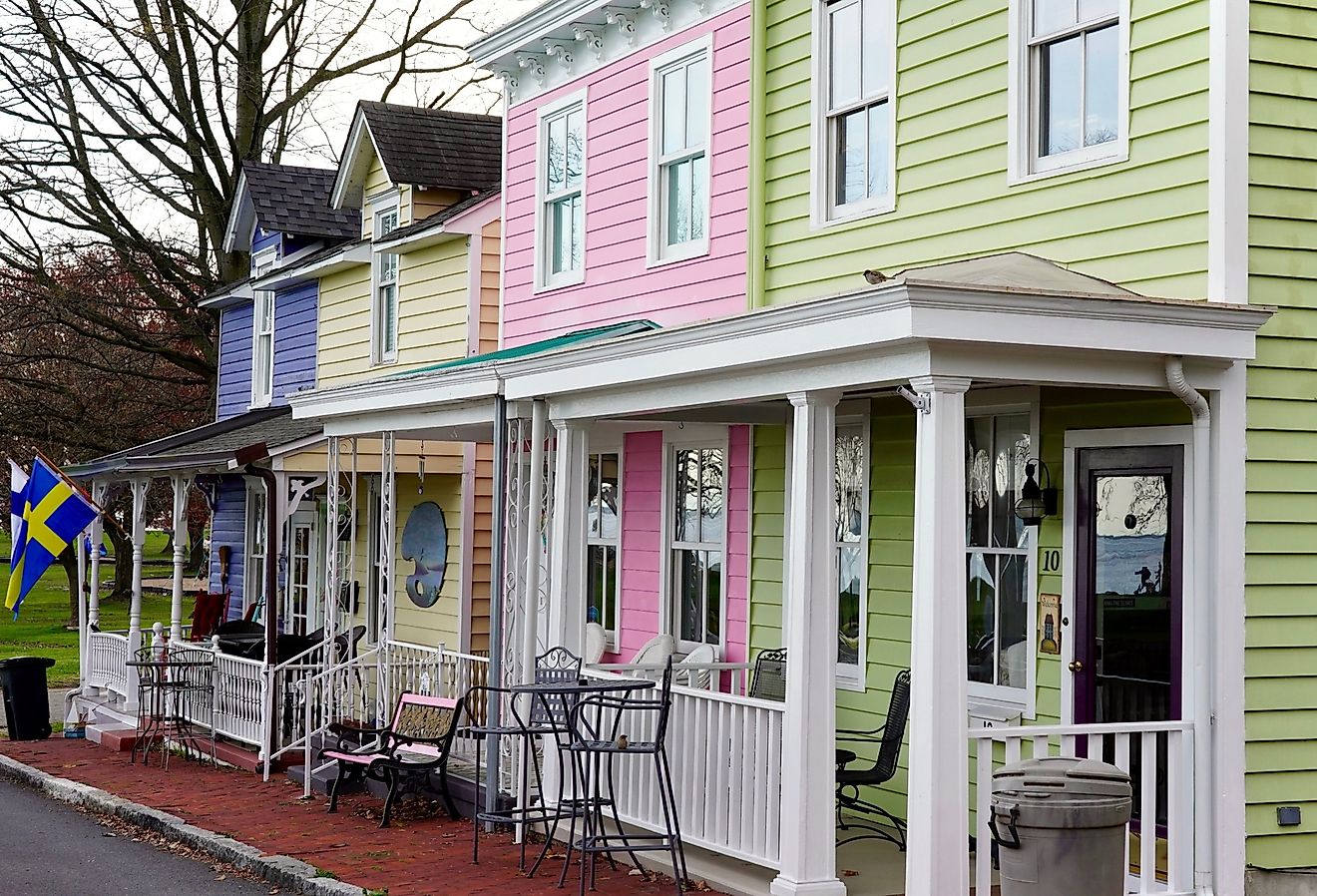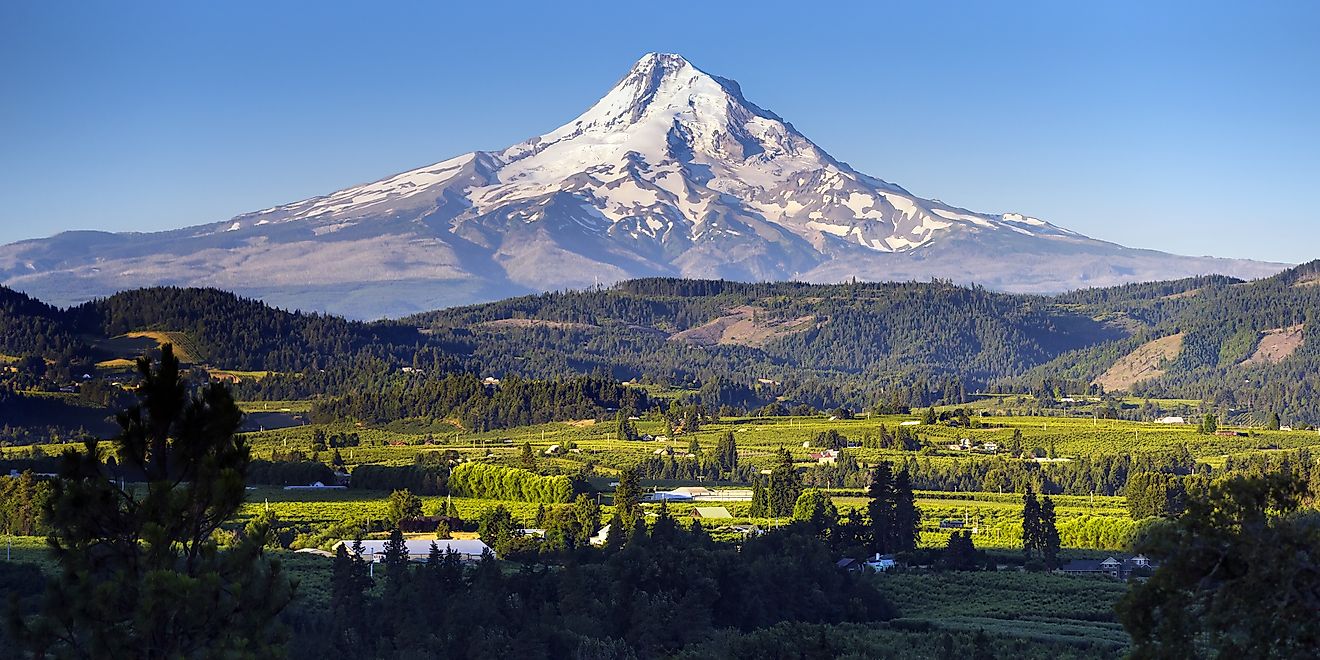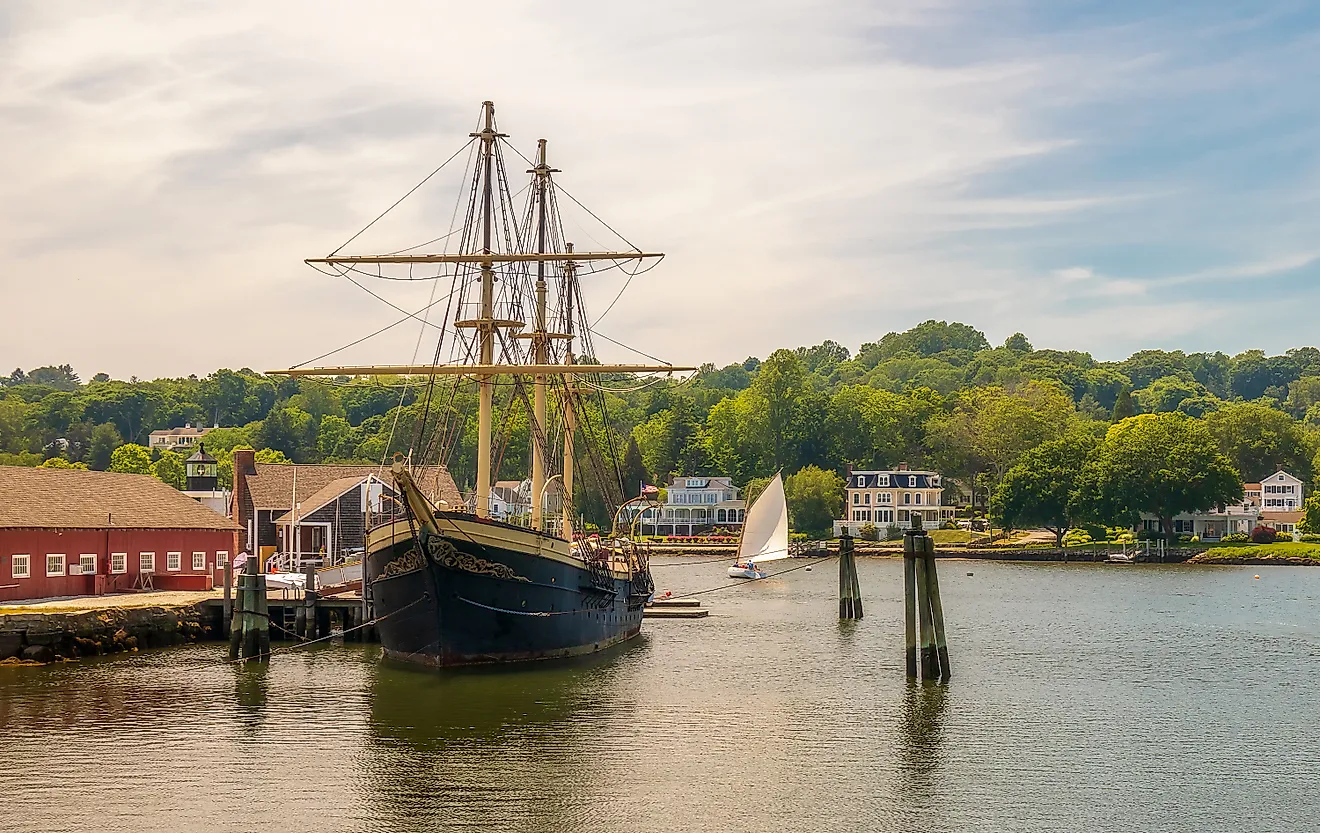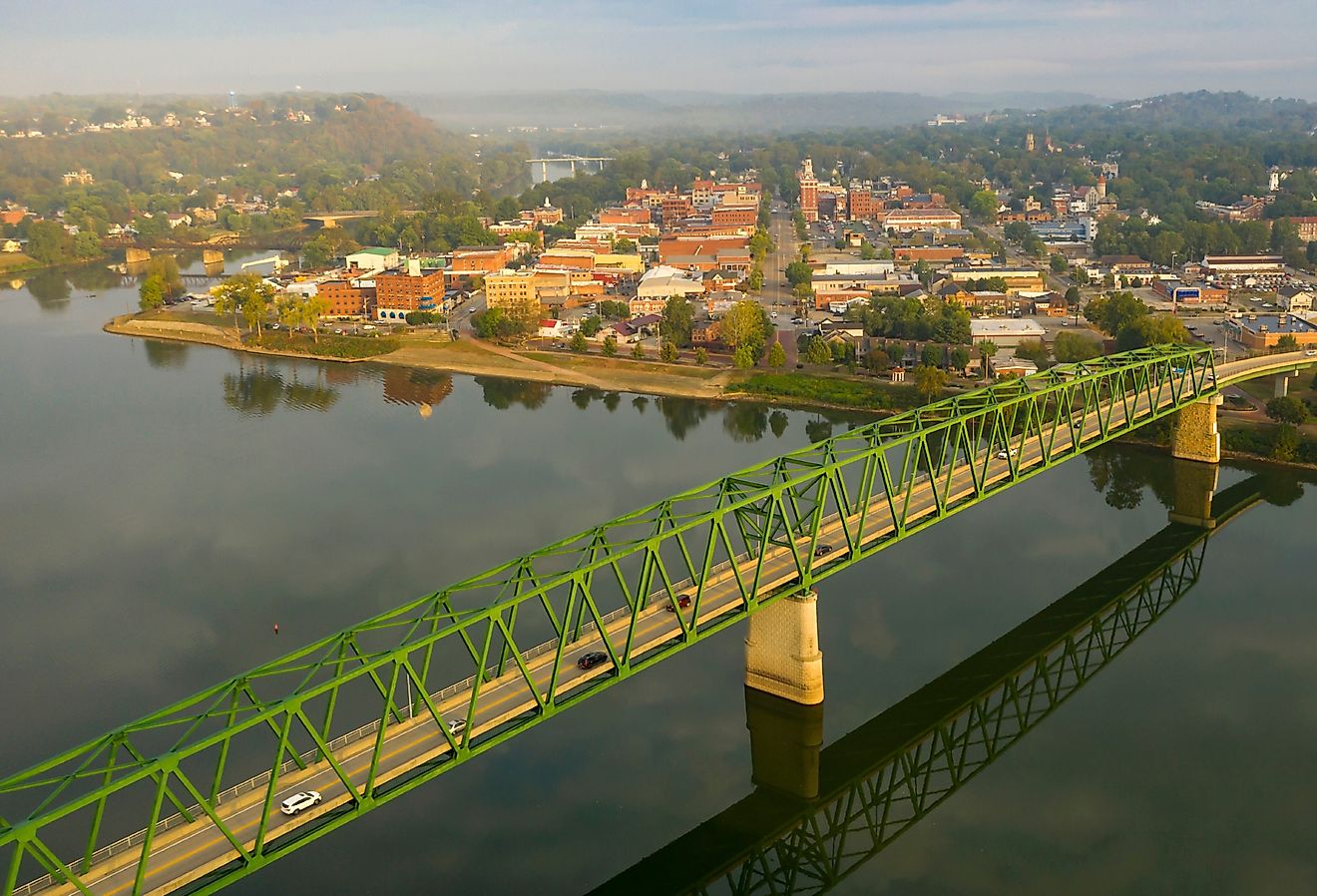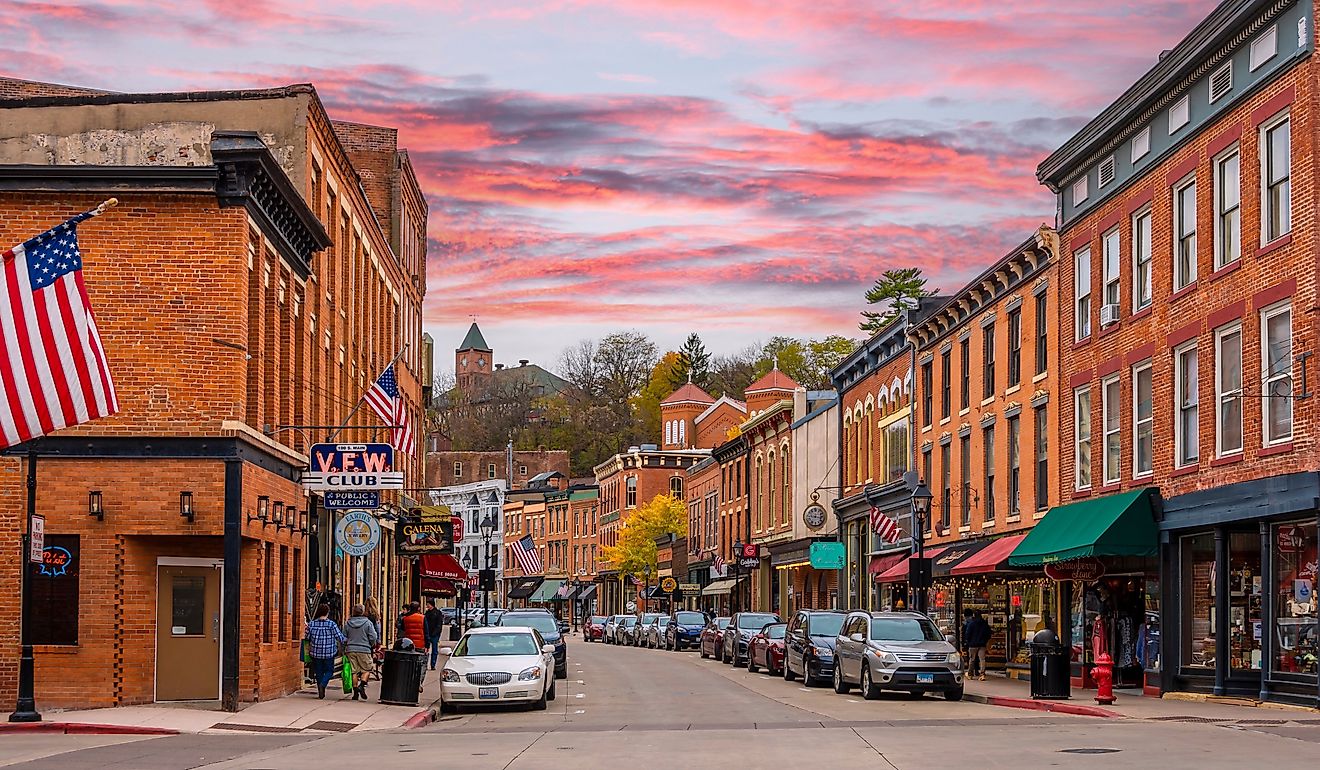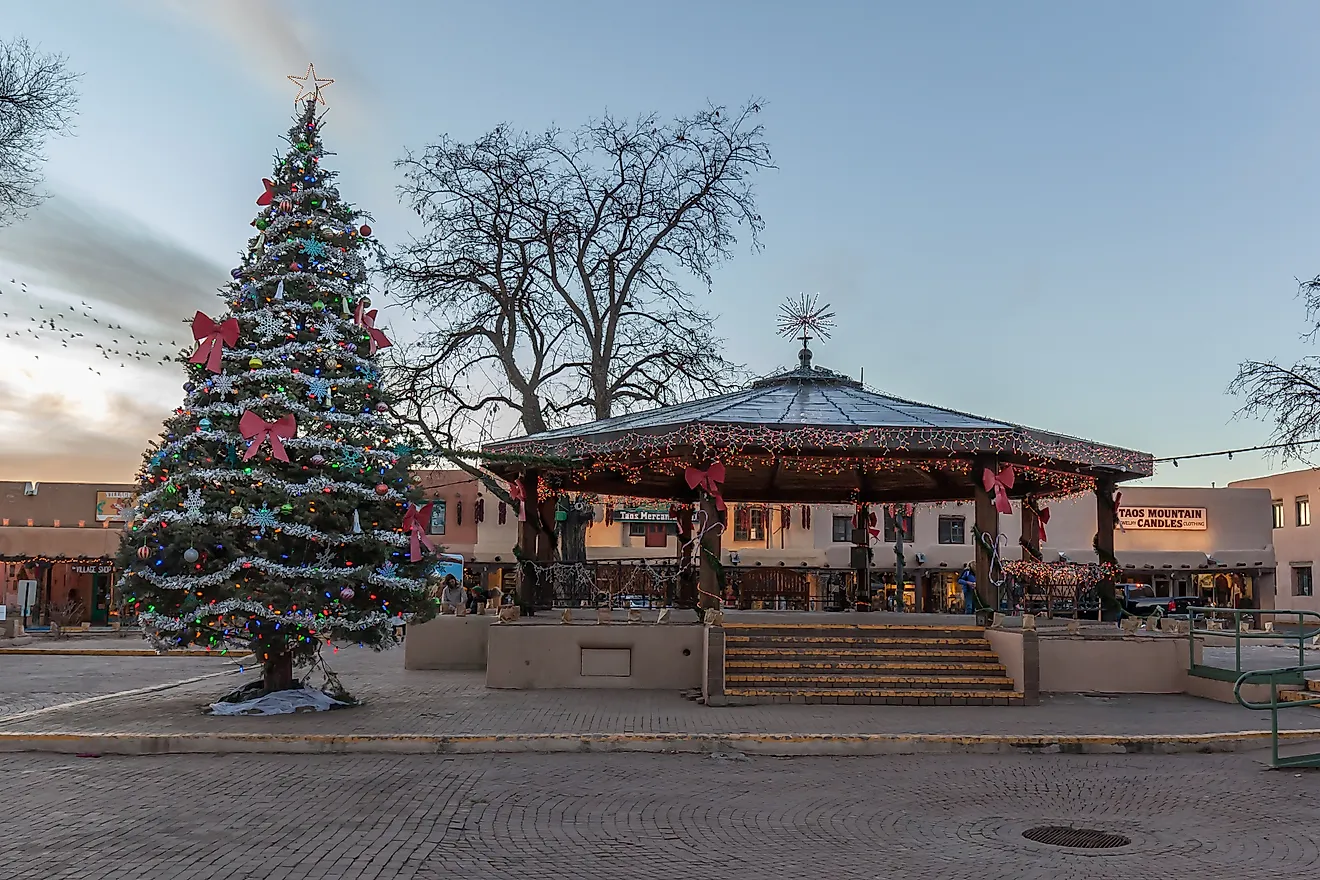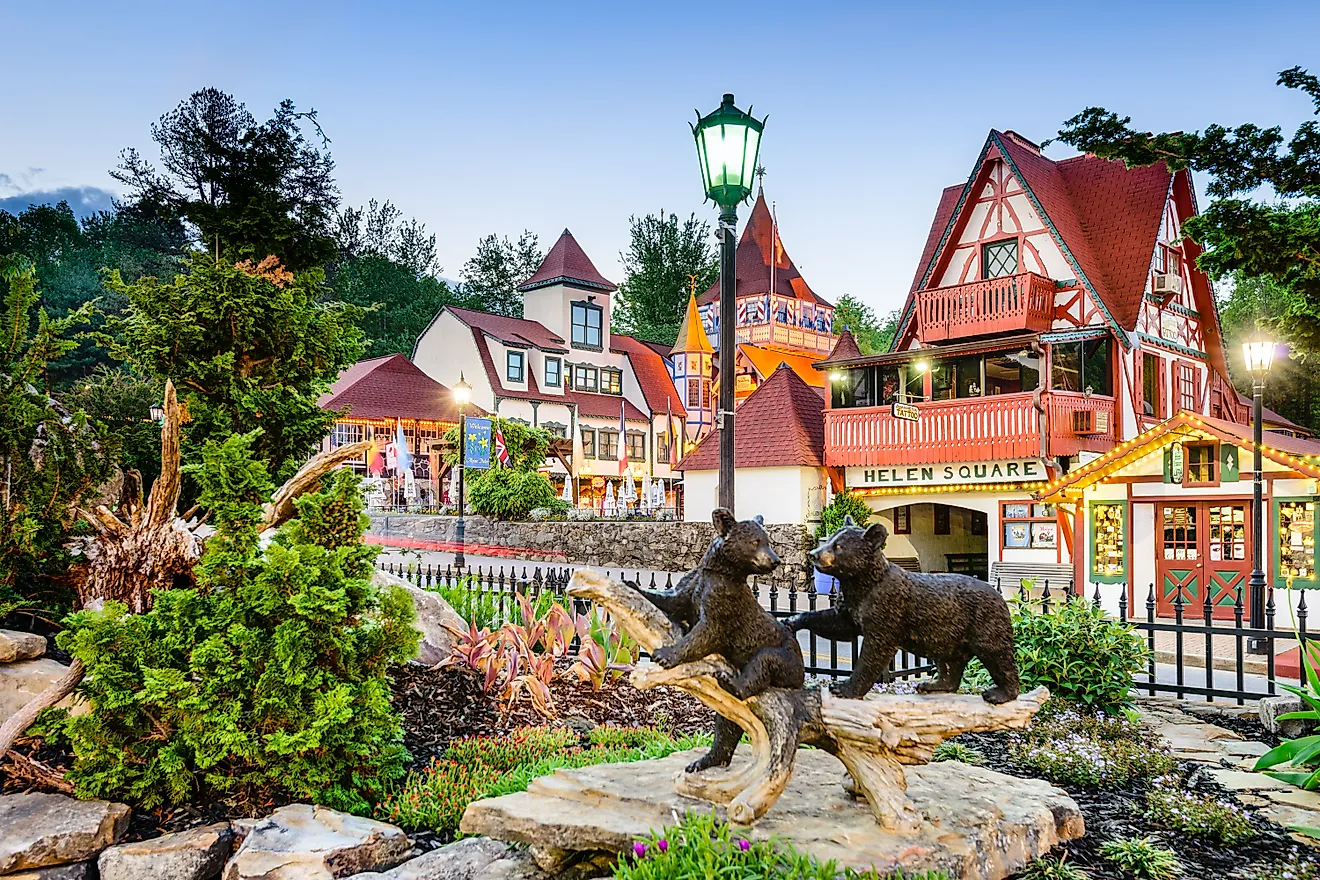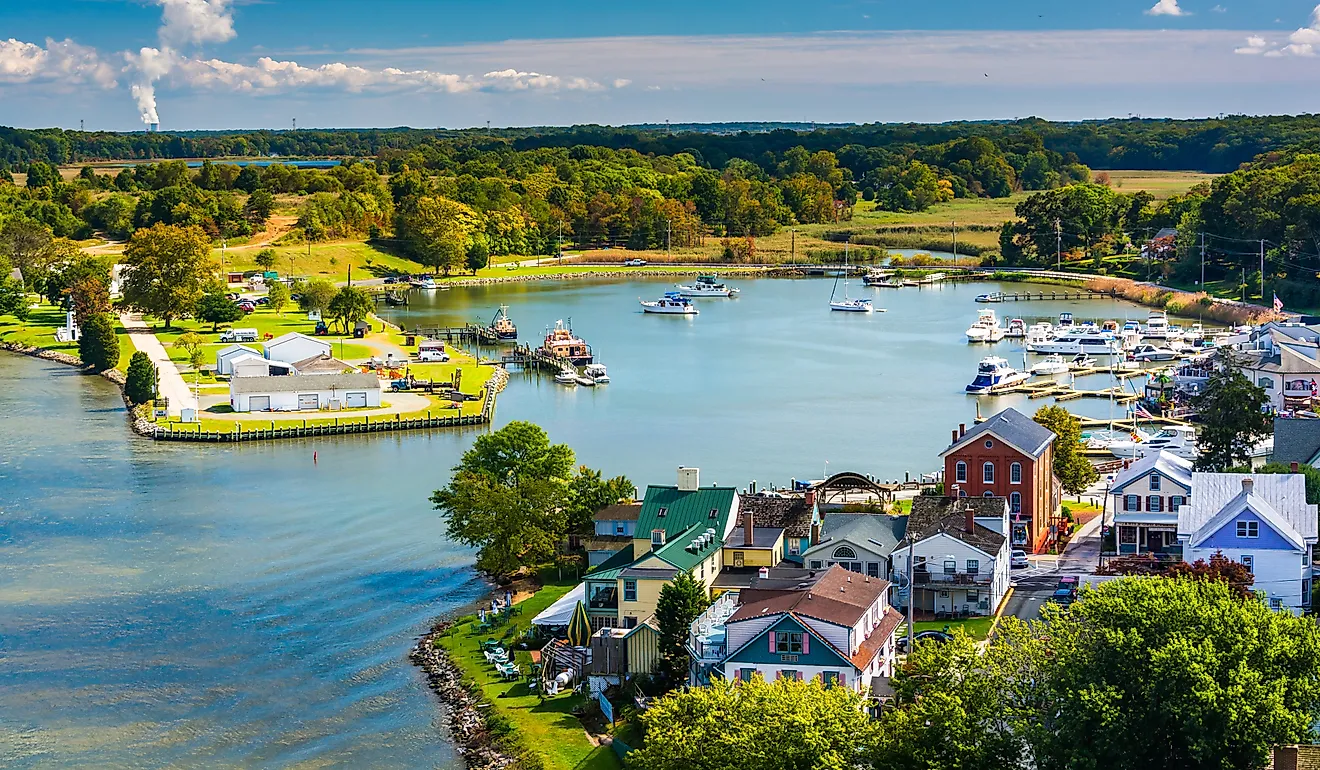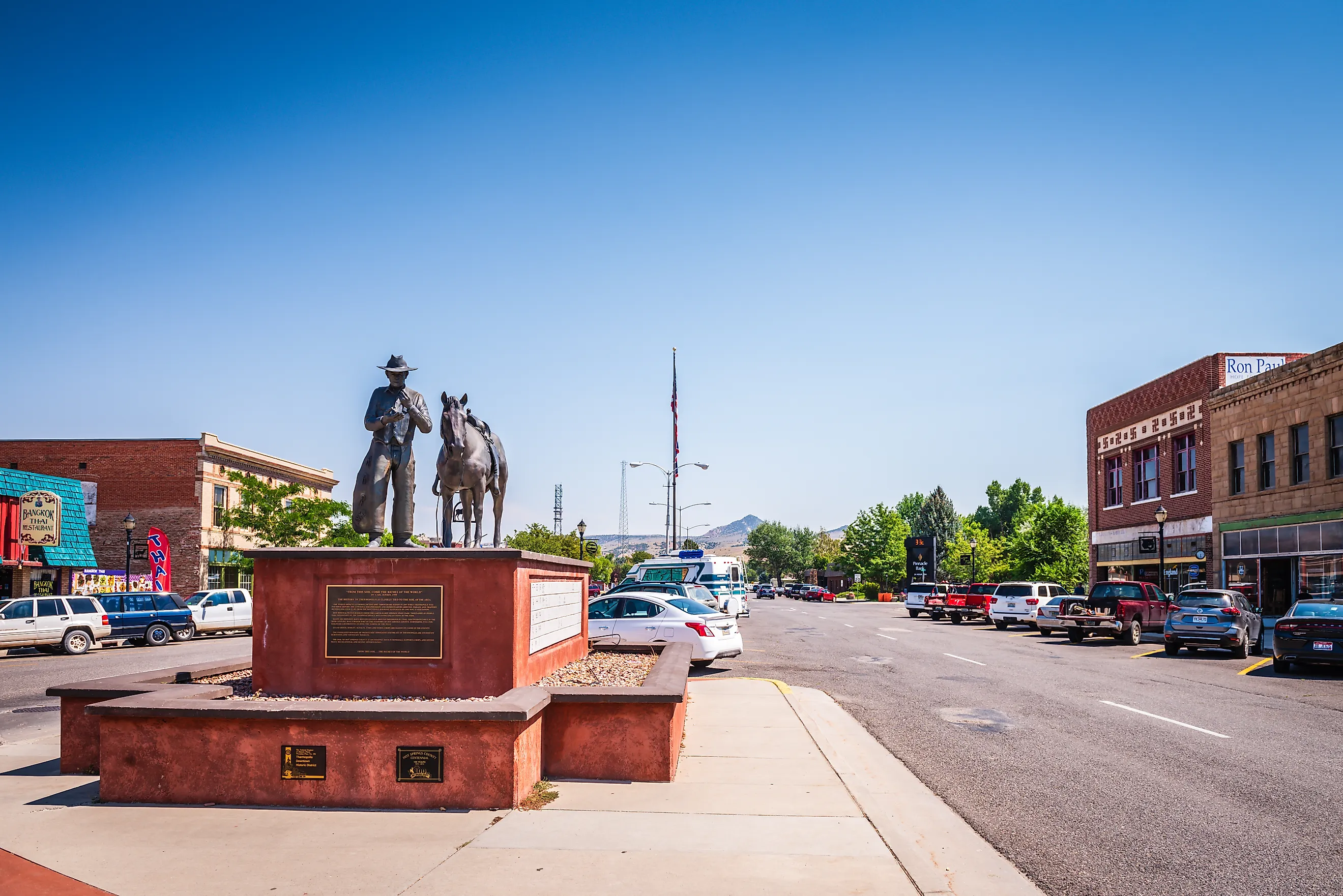
The 8 Can't-Miss Towns In Wyoming
Not every great destination needs flashing lights or a crowd to make an impression. In Wyoming, it’s often the quieter places—the ones tucked between mountains or stretched out along rivers—that leave the biggest mark. These towns may fly under the radar, but they offer some of the most memorable experiences in the state. From steamy hot springs and old saloons to dinosaur digs and alpine lakes, there’s always something a little unexpected waiting around the corner. If you’re the kind of traveler who values character, history, and wide-open beauty, these eight towns are more than worth the trip.
Buffalo
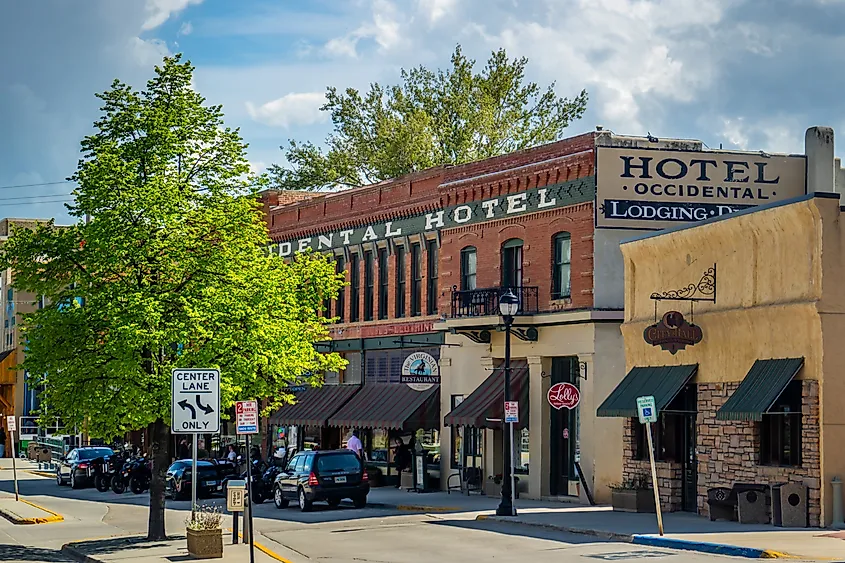
Buffalo is a town set in the Bighorn Mountains that perfectly balances western history with natural beauty. Founded in the late 1870s, it grew out of a military supply route along the Bozeman Trail and quickly became a hub for ranchers, settlers, and a few notorious outlaws.
The centerpiece is the Occidental Hotel, where legends like Butch Cassidy, Calamity Jane, and even Teddy Roosevelt once stayed. The saloon inside still hosts live music and carries that same old-west atmosphere. Just a short walk away, the Jim Gatchell Memorial Museum offers a deep dive into Johnson County’s frontier past, complete with Native American artifacts and pioneer stories.
Strolling along Main Street, you’ll notice restored 19th-century buildings housing galleries, shops, and Sagewood Café, a cozy spot that is part boutique and part cafe, but known for serving a stellar cinnamon roll. Outdoor enthusiasts can enjoy hiking or fishing in Lake Desmet, located just north of town, and take advantage of the boating and fishing opportunities available. With local festivals and community events happening regularly, Buffalo feels like a place that never lost its identity—it’s proud of its past and happy to share it.
Thermopolis
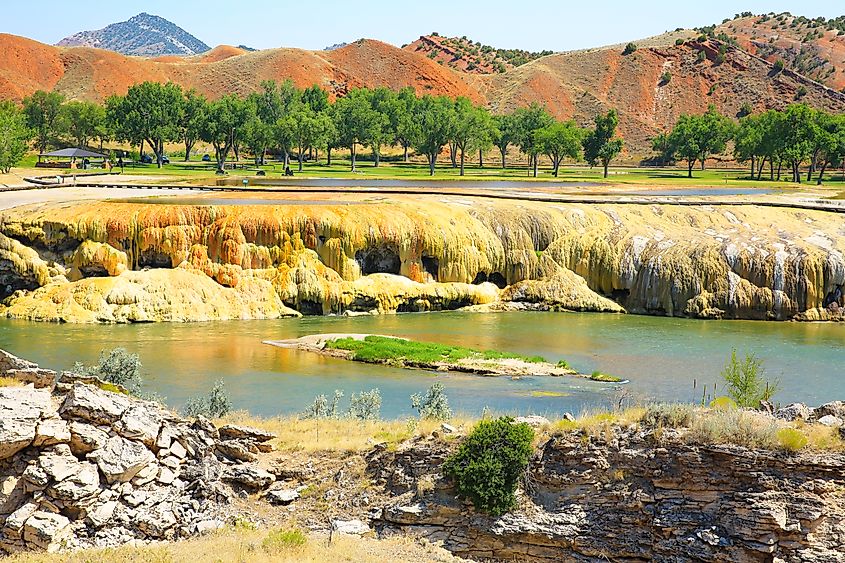
If soaking in natural hot springs surrounded by canyon walls sounds like your kind of afternoon, Thermopolis is the place. Its name, derived from the Greek for “hot city,” hints at its steamy beginnings—this town sprang up in the late 19th century after the U.S. government secured the nearby hot springs from the Shoshone and Arapaho tribes through a treaty. In return, the land was set aside as public property, making Hot Springs State Park one of the few places in the country where you can soak in mineral pools for free. Today, visitors can relax in those historic bathhouses or stroll along the Swinging Bridge Trail, which spans the Bighorn River and offers panoramic views of the colorful terraces formed by mineral deposits.
But the appeal doesn’t end with the water. Nearby in town is the Wyoming Dinosaur Center, one of the top dinosaur museums in the region. Here, you can view real fossils, complete skeletons, and even join a dig site experience during the summer—making it a favorite for families and amateur paleontologists alike.
Downtown Thermopolis has an offbeat, laid-back vibe, with quirky shops and welcoming storefronts. A favorite local stop is the One Eyed Buffalo Brewing Company, where burgers, local brews, and mountain views come together in a relaxed setting. Whether you are here for the healing springs or to get your hands dirty with prehistoric fossils, Thermopolis will grow on you, so much so that it might just become your favorite place on earth.
Pinedale

Pinedale might not be the biggest dot on the map, but it’s the kind of place that leaves a lasting impression—especially if you enjoy alpine lakes, untamed wilderness, and deep-rooted mountain history. Established in the early 1900s, Pinedale grew from a trapping and outfitting hub into a year-round basecamp for adventurers heading into the Wind River Range. It still embraces its fur trade legacy with pride, especially at the Museum of the Mountain Man, where exhibits pay tribute to rugged frontiersmen like Jim Bridger and the annual rendezvous gatherings that once brought traders, Native tribes, and explorers together.
Today, Pinedale is a gateway to some of the most breathtaking scenery in Wyoming. A short drive leads you to Fremont Lake, a glacier-fed stunner stretching over 12 miles and known for its clear blue waters and mirror-like reflections of the surrounding peaks. Whether you're into kayaking, fishing, or just pulling up a camp chair on the shore, it's a spot that delivers serenity in spades.
In town, when hunger strikes, Heart and Soul Cafe serves up fresh-baked pastries and sandwiches that feel just right after a morning on the trail. Pinedale is the kind of place where the natural beauty speaks for itself—and once you see it, it’s easy to understand why locals are so profoundly connected to it.
Douglas
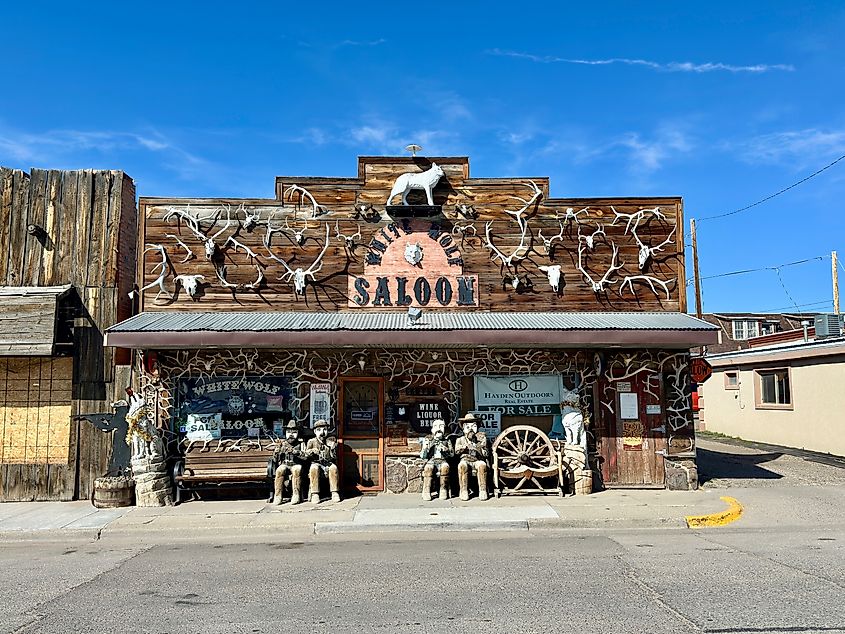
Douglas might be most famous as the “Home of the Jackalope,” but there’s far more to this southeastern Wyoming town than mythical creatures and roadside curiosities. Established in 1886 along the route of the Fremont, Elkhorn, and Missouri Valley Railroad, Douglas quickly became a key stop for ranchers and rail workers in the booming cattle industry. That early pioneer spirit still lingers in the air—and in its landmarks.
Start your visit at the Wyoming Pioneer Memorial Museum, a fascinating collection of artifacts that traces the region’s past from Native cultures to pioneer wagons and early settlement life.
Just across the way, the Douglas Railroad Interpretive Center features historic railcars and a steam locomotive you can climb aboard. It’s a hands-on experience that brings Wyoming’s railroad past to life for kids and train buffs alike. Downtown, you’ll find a scattering of historic buildings, murals, and sculptures that celebrate the town’s heritage with a creative twist.
Every August, the Wyoming State Fairgrounds transform into the heart of the community with rodeos, concerts, 4-H competitions, and a dose of classic fair nostalgia. The fair has been a tradition here since 1905 and remains one of the best ways to feel the pulse of the town.
Lander

Lander is a town that embraces both its wild surroundings and its storied past—and it does so with an easygoing energy that’s hard not to love. Founded in the late 1800s as a military outpost and supply town along the Oregon Trail, Lander quickly became a hub for miners, ranchers, and explorers. Today, it’s a gateway to adventure and one of Wyoming’s most welcoming mountain communities.
Just a few miles from town lies Sinks Canyon State Park, where the Popo Agie River mysteriously vanishes into a limestone cavern and reappears downstream—a geological marvel that draws curious visitors and outdoor lovers alike. The park also offers excellent hiking, rock climbing, and wildlife viewing, all within a short drive from downtown.
Back in town, history buffs can explore the Museum of the American West, which features authentic pioneer buildings, Native American exhibits, and a charming collection of frontier memorabilia. Visit during the Fremont County Pioneer Days or the Native American Dance Exhibition, where you will catch the town at its most vibrant, celebrating its diverse roots and close-knit spirit.
Cody
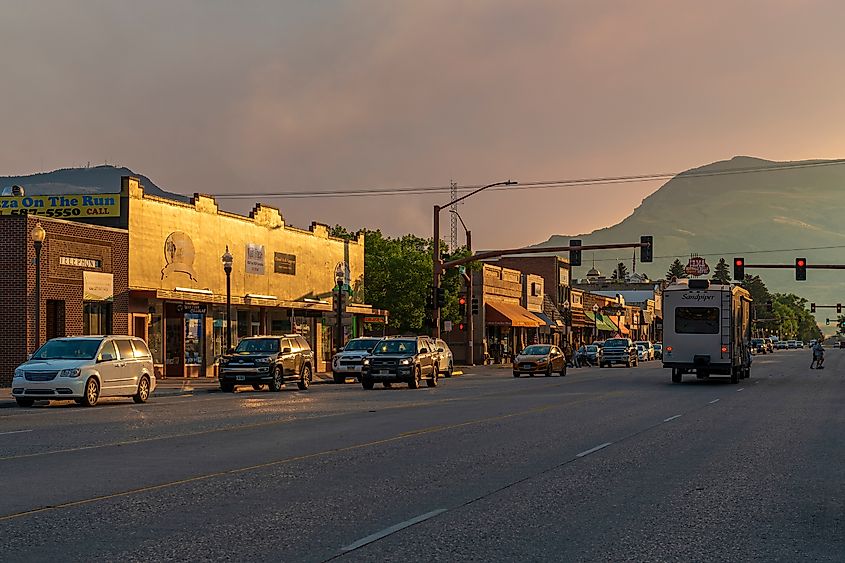
If you’re chasing the spirit of the Old West, Cody is the real deal. Founded in 1896 by none other than Buffalo Bill Cody himself, the town began to capture the attention of tourists headed for Yellowstone—and it still does. With a mix of frontier grit, cowboy flair, and rich cultural heritage, Cody feels like a living postcard from another era.
Start with the Buffalo Bill Center of the West, a world-class museum complex made up of five museums under one roof. You’ll find everything from Plains Indian history and Western art to natural science and firearms—all carefully curated and deeply engaging. A few blocks away, the town’s Historic Downtown has wooden boardwalks, old-timey storefronts, and family-run shops that still greet you with a smile. Don't be surprised if a gunfight takes place right in front of you, because every summer, actors recreate the scene with a Wild West Show.
For an authentic taste of Cody’s character, don’t miss the Cody Nite Rodeo, a summer tradition that’s been kicking up dust since 1938. This rodeo isn’t just entertainment—it’s a nightly celebration of the town’s western roots, with bronc riding, barrel racing, and a spirited crowd that’s every bit as enthusiastic as the riders. Just beyond the city limits, the Shoshone River Canyon beckons with dramatic cliffs, winding trails, and panoramic views that make it a favorite for hikers and photographers alike.
Cody proudly leans into its Wild West heritage, but once you see the landscape and feel the energy of the place, it’s easy to understand why so many once headed west in search of something bigger, bolder, and wide open—a place just like this.
Dubois
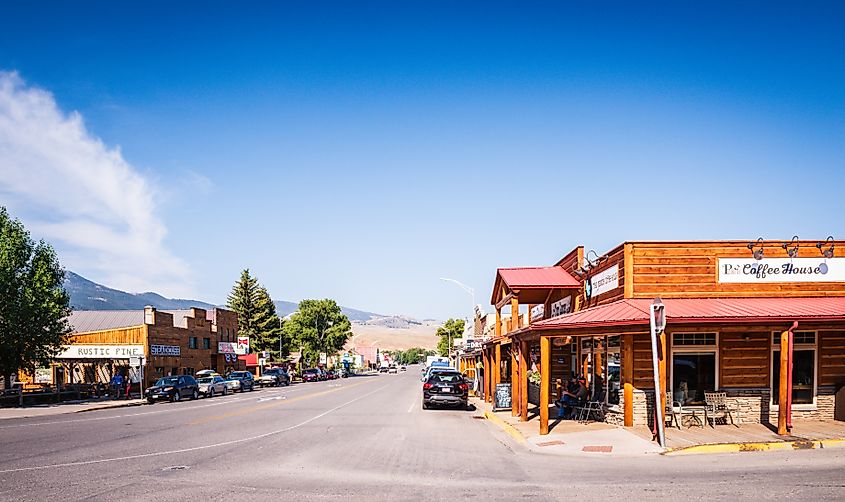
Dubois is one of those towns that seems to exist in its own time zone—unhurried, unspoiled, and unforgettable. Initially settled by homesteaders in the late 1800s, Dubois grew up as a logging and tie-hack town, supplying timber to the railroads that pushed westward. That hardworking past still shapes the place, though these days it's just as popular with artists, hikers, and folks escaping the noise.
The best place to start is the National Bighorn Sheep Center, where interactive exhibits introduce you to one of the world’s largest herds of wintering bighorn sheep. You can even spot them on the nearby hills if you visit in the colder months. A few blocks away, the Dubois Museum offers a quiet but compelling glimpse into the area’s Native American history, early settlement, and mountain-man legacy—with log cabins, tools, and photographs that bring the past to life.
Dubois also has a creative side. The town has galleries and rustic studios, and the wood carvings you'll spot around town are works of art in their own right. For a satisfying bite, head to Cowboy Cafe, where the food is homemade, and the hospitality will win you over.
Evanston
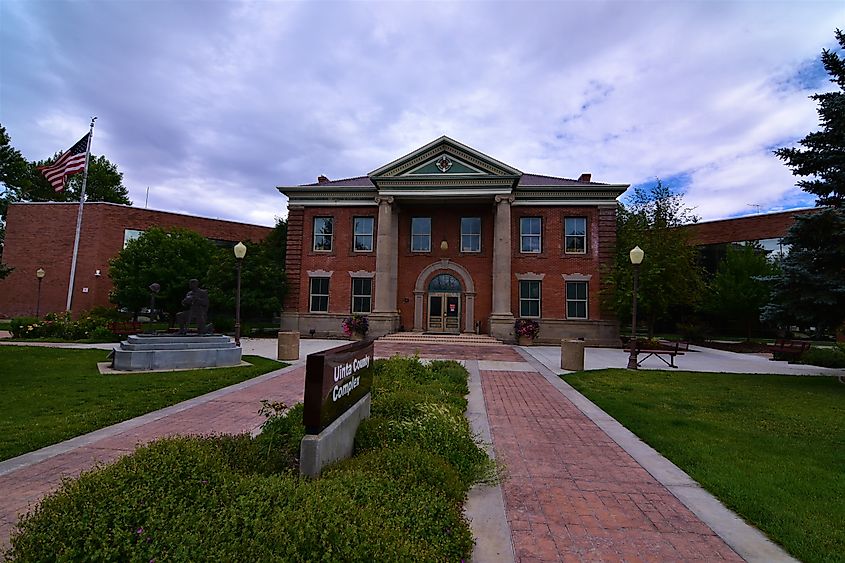
Evanston got its start in 1868 as a bustling Union Pacific Railroad camp near the Utah border. What began as a rough-and-tumble hub for rail workers quickly grew into a permanent settlement with a strong connection to coal mining, timber, and Chinese immigrant labor. You can still feel those roots today, especially around Depot Square, where historic buildings and railyard relics offer a glimpse into the town’s early industrial life.
The heart of Evanston’s railroad heritage is the Roundhouse and Railyards Complex, a beautifully restored series of structures that once serviced steam engines. Today, it hosts community events, concerts, and the popular Roundhouse Festival held each August. It’s a great time to explore the grounds, catch live music, and take in the energy of a town that loves its past.
For history buffs, the Uinta County Museum is housed in a former Carnegie Library and includes exhibits on pioneer life, regional artifacts, and the area’s Chinese heritage. Just a short stroll away, the Joss House, a replica of a Taoist temple, honors the legacy of Evanston’s early Chinese residents who worked the mines and built the railroad. Evanston blends frontier grit with slight town warmth, and frankly, the residents wouldn't have it any other way.
Wyoming’s best experiences are not in its busiest destinations—they’re in the small towns where history lives on, landscapes stretch for miles, and everyday life unfolds with an easy rhythm. Whether you’re soaking in mineral springs, walking the same streets as outlaws and pioneers, or just enjoying a quiet meal with a mountain view, these towns offer something genuine and lasting. Each one tells a different story, shaped by the land and the people who’ve called it home for generations. So next time you're driving through the Cowboy State, skip the shortcuts—these can’t-miss towns are well worth the detour.
